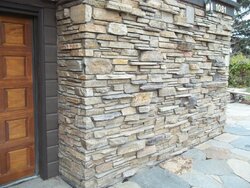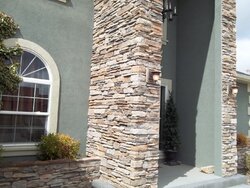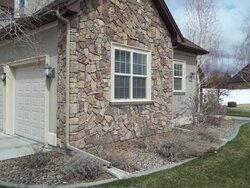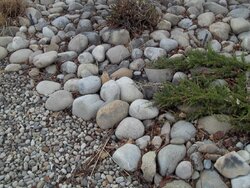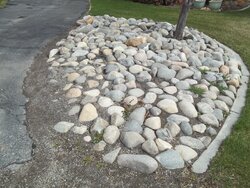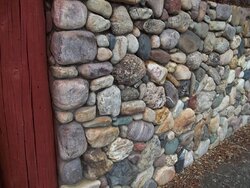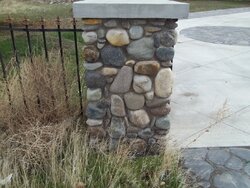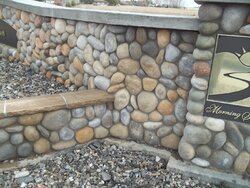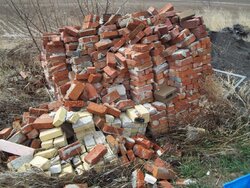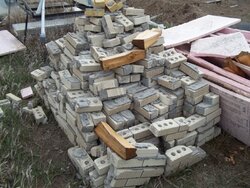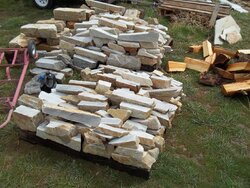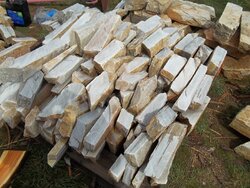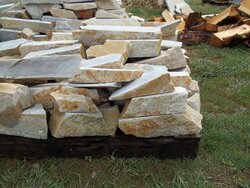The main ingredients needed:
* a door,
* firebrick for the core,
* outer thermal mass material (stone, clay brick, concrete, soapstone.
* masonry mortar & cement
* clean-out doors
* ash pan
* grate (not needed unless desired)
I. Masonry Heater Doors - doors in the US come from 2 main sources
A. Northstone Heat in Vancouver, Washington. www.northstoneheat.com
B. Maine Wood Heat Co., in Skowhegan, Maine. https://mainewoodheat.com/tag/masonry-heater-doors
* expect to pay from $500 to $1500 for a masonry heater door.
C. Other Door possibilities -
1. Doors from China, $50 to $55 - http://www.alibaba.com/product-detail/Exquisite-design-fireplace-doors_1204440576.html
These doors are made of cast iron and weigh about 24 lbs. They are roughly 18" x 19" which is a good size for a masonry heater door. Spec-wise they are similar to the more expensive doors. Also, a minimum order of 100 doors must be placed. So this would be a group of builders thing. There are other door styles too. They include the right kind of glass I believe I read somewhere.
2. Fireplace Clean-out doors. Before glass these kind of doors were used. You only need enough opening to get your firewood in.
Minuteman international CDR-212 cleanout door at Amazon.com. It cost ~$115, and has a 12" x 12" opening. This is a very functional door. You'ld have to make a latch for it though.
3. Build a door.
(to be continued)
* a door,
* firebrick for the core,
* outer thermal mass material (stone, clay brick, concrete, soapstone.
* masonry mortar & cement
* clean-out doors
* ash pan
* grate (not needed unless desired)
I. Masonry Heater Doors - doors in the US come from 2 main sources
A. Northstone Heat in Vancouver, Washington. www.northstoneheat.com
B. Maine Wood Heat Co., in Skowhegan, Maine. https://mainewoodheat.com/tag/masonry-heater-doors
* expect to pay from $500 to $1500 for a masonry heater door.
C. Other Door possibilities -
1. Doors from China, $50 to $55 - http://www.alibaba.com/product-detail/Exquisite-design-fireplace-doors_1204440576.html
These doors are made of cast iron and weigh about 24 lbs. They are roughly 18" x 19" which is a good size for a masonry heater door. Spec-wise they are similar to the more expensive doors. Also, a minimum order of 100 doors must be placed. So this would be a group of builders thing. There are other door styles too. They include the right kind of glass I believe I read somewhere.
2. Fireplace Clean-out doors. Before glass these kind of doors were used. You only need enough opening to get your firewood in.
Minuteman international CDR-212 cleanout door at Amazon.com. It cost ~$115, and has a 12" x 12" opening. This is a very functional door. You'ld have to make a latch for it though.
3. Build a door.
(to be continued)
Last edited:


